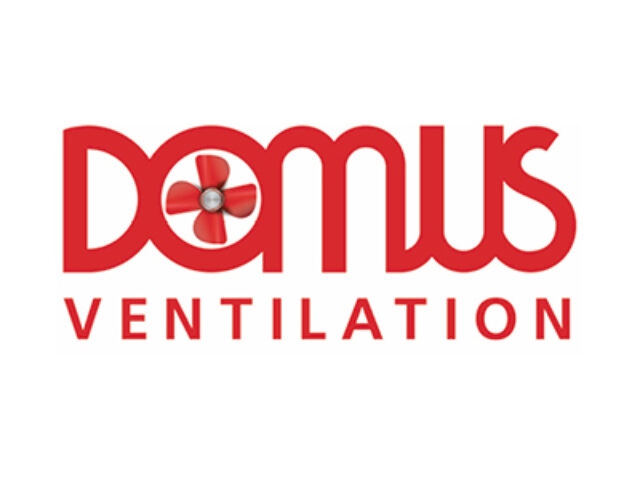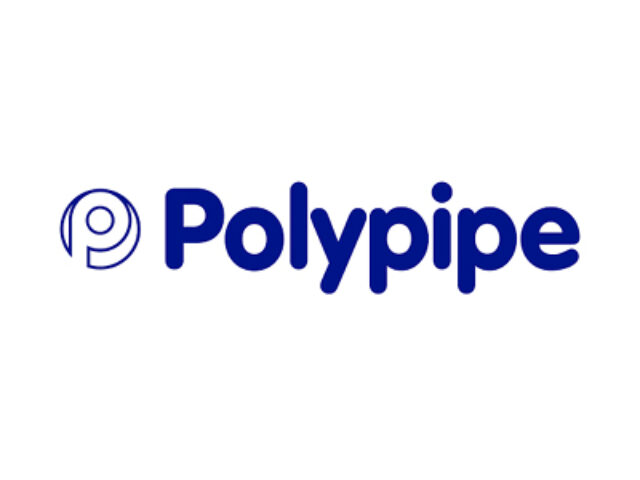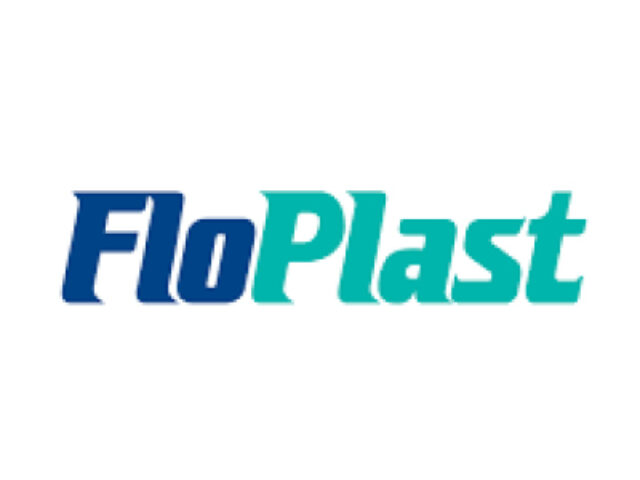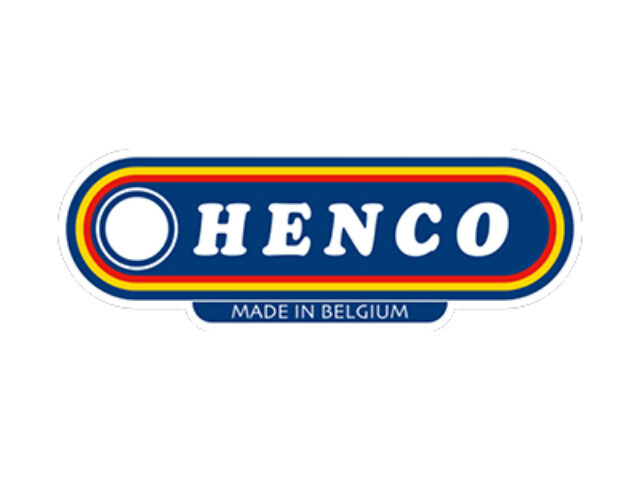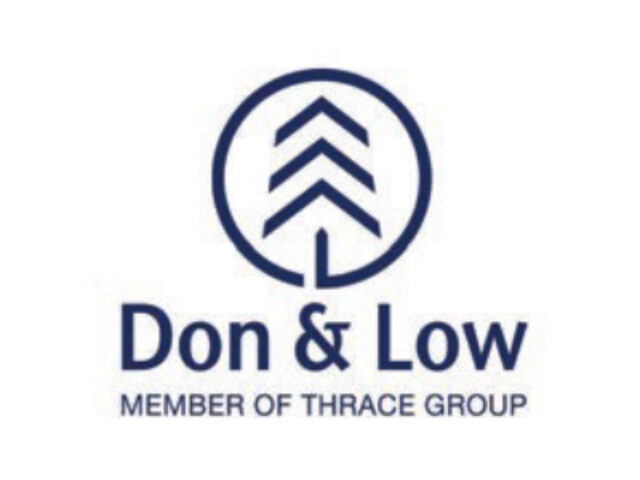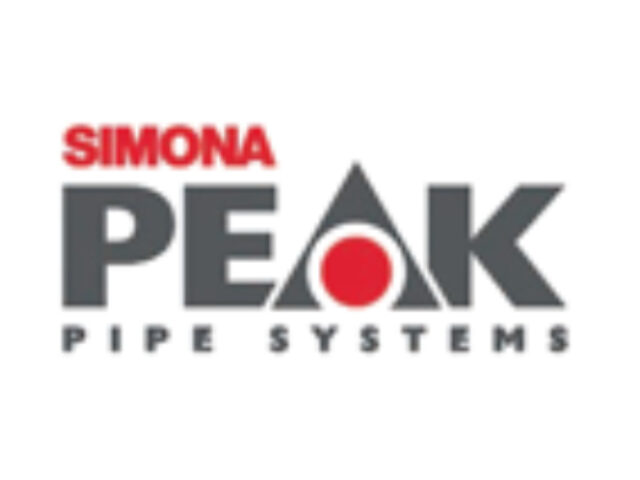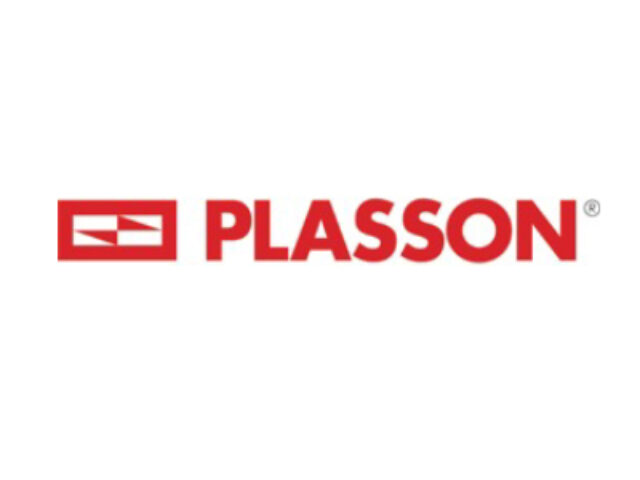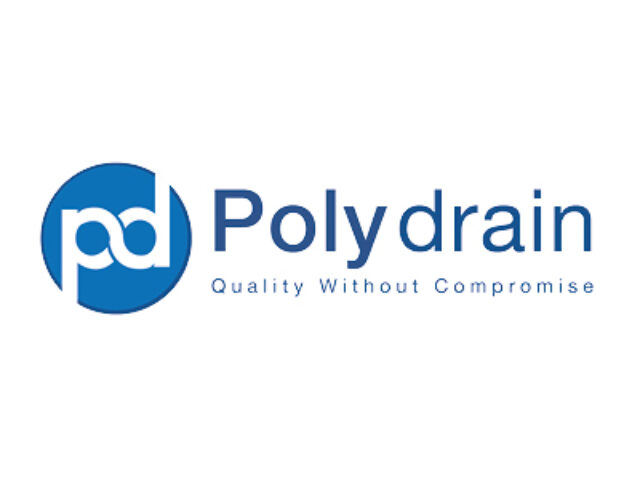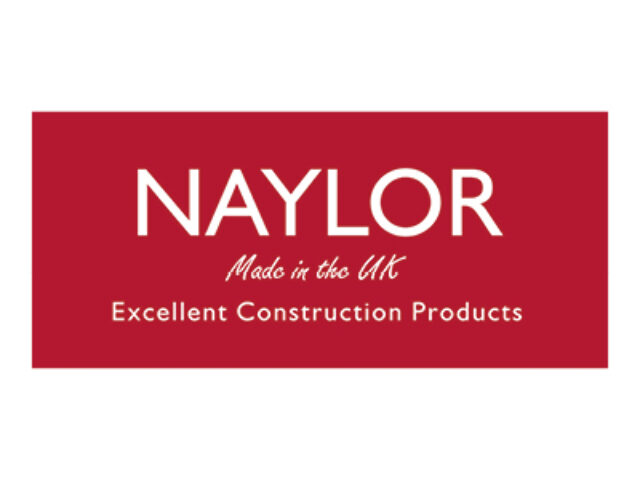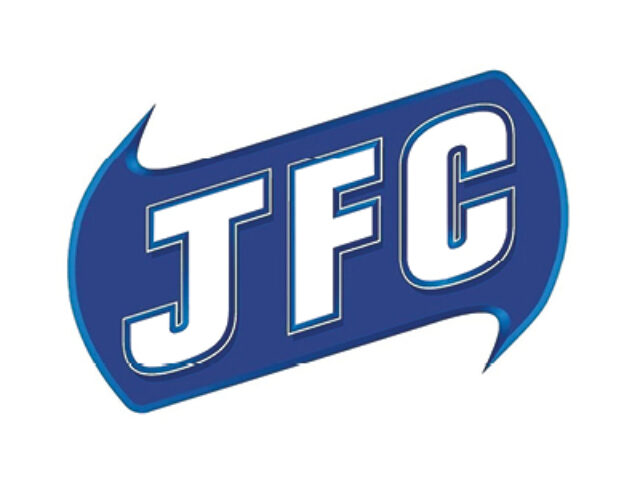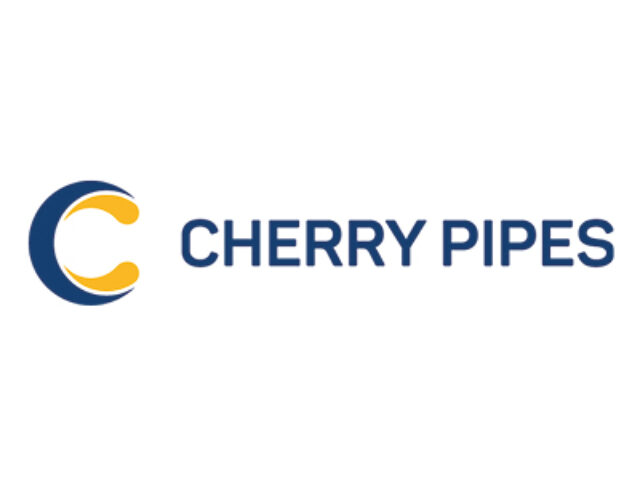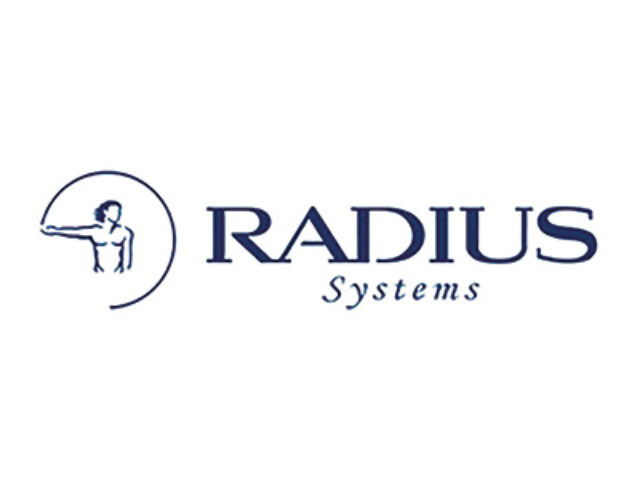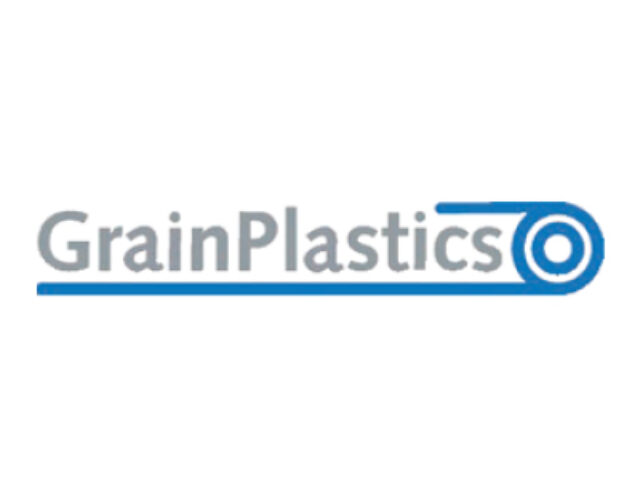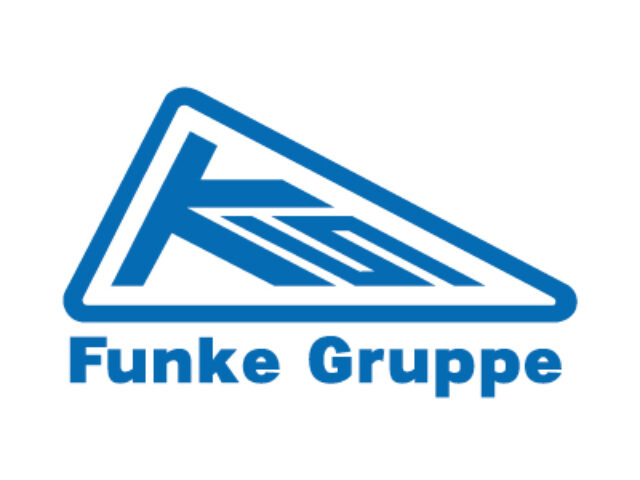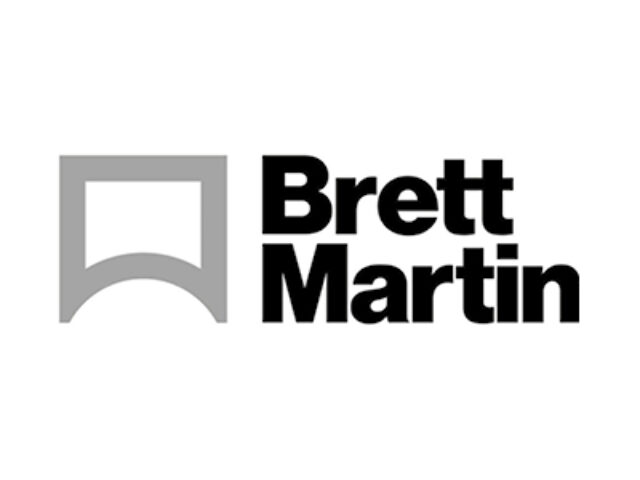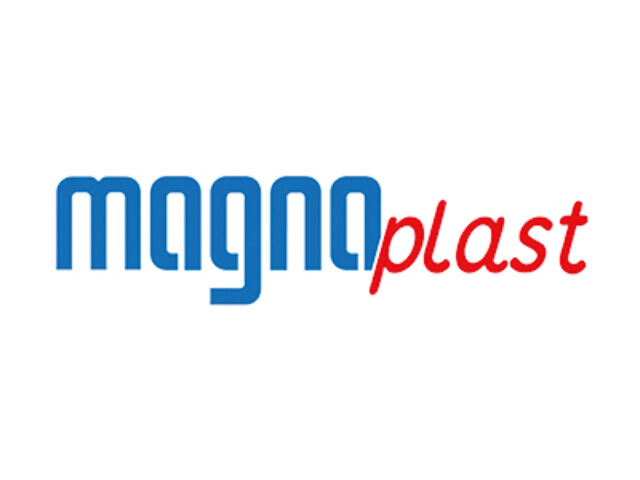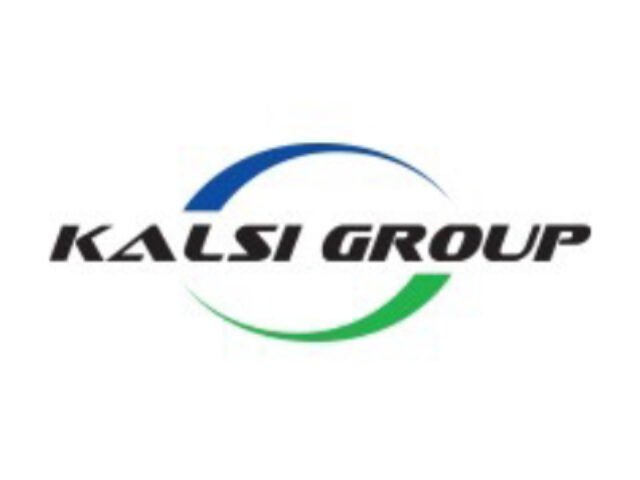News
SuDS 2025: What Contractors Need to Know
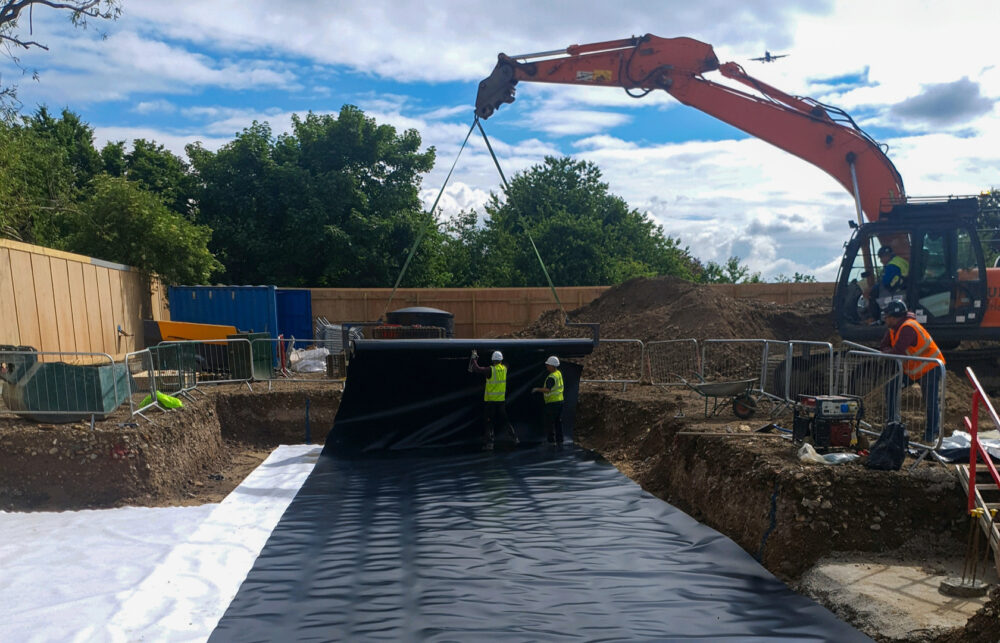
Sustainable Drainage Systems (SuDS) have long been part of the planning process, but 2025 marks a shift in how projects are being judged. Every new development will still need attenuation and stormwater management, but compliance is no longer just about handling peak flows. The updated standards put far greater emphasis on biodiversity, amenity, water quality and resilience. For contractors, that means the way SuDS are specified, installed and signed off will soon carry wider implications than before. Acting early on these changes is the best way to avoid delays when planning authorities start tightening expectations.
What Changed in SuDS?
Until now, SuDS design has largely been measured against hydraulic performance alone. That meant demonstrating systems could capture, store and discharge water safely. The 2025 standards build on this but require designs to deliver more benefits. Drainage features must now contribute to biodiversity, provide amenity for communities and show resilience to climate pressures such as heavier rainfall and drought. Water quality also sits higher on the agenda, with stronger requirements to control pollutants before discharge.
Although the new standards are not yet statutory, guidance from GOV indicates they will increasingly shape approvals. Planning authorities are already expected to take them into account, meaning contractors that stick to old assumptions risk being held back at design or sign-off stage.
Impacts on Project Delivery
The biggest difference is that drainage can no longer be treated as a standalone requirement at the end of design. SuDS must now be considered at the outset, alongside site layout, utilities and green space. This has a direct effect on contractors and the products they purchase.
Products will also be expected to do more than store water. Systems must support wider objectives such as water reuse and habitat creation. That raises the stakes for both product selection and installation standards. By involving drainage specialists earlier and using suppliers who understand the new requirements, contractors can keep projects moving without the risk of failed approvals or compliance disputes.
How Plastech® Supports Contractors
Plastech® already supplies the full range of attenuation materials required for SuDS compliance. From modular crates to membranes and geotextile wrap, our products align with the performance requirements set out in the new guidance. We also recognise that the challenge is not only in what is specified, but how it is delivered on site.
Through our trusted installation partners, Plastech® can provide customers with the option of professional installation support. This ensures attenuation systems are assessed against ground conditions, prepared correctly and installed to standard, reducing the risk of inspection failures. Our team also advises on specification, recommending approved alternatives. That combination of supply, guidance and installation expertise helps contractors deliver systems that stand up to scrutiny under the new standards.
Looking Ahead
It is clear that SuDS are no longer being viewed purely as engineering solutions. They are becoming multi-functional assets within developments, expected to deliver environmental and community value alongside drainage capacity. Contractors who adapt early will be better placed to secure planning approval, avoid redesigns and meet client expectations.
With stock on the ground, installation support and expert advice, Plastech® are positioned to help you keep projects moving while meeting the wider aims of the 2025 standards.
If you are planning a development and want confidence your SuDS systems will meet the new 2025 standards, contact Plastech® today to discuss specification, supply and installation support.

